poems by Mary Ann Honaker
Salem, Mass.: YesNo Press, 2015, $10
yesnopress.wordpress.com
Mary Ann Honaker’s chapbook, It Will Happen Like This, consists of fifteen poems, each with the
same title and same first lines. The title is “She’ll Fall in Love,” and first
lines are:
It will happen like this: one day,
she’ll fall in love with a
painting.
Starting from this common center, the set radiates into a
corona, an unusual (perhaps unique?) intersection of theme-and-variations form and
ekphrasis. Most of the poems take their starting points from actual paintings,
with a few imagined: although some of the painters are named in the Author’s Note
at the end, some are unknown to her, and none are identified in the poems
themselves. Without the possibility of external references or accompanying
illustrations, the reader must rely on the poem entirely to make visualization
possible. Fortunately, thanks to Ms. Honaker’s vivid descriptions, this is far
from difficult.
After their identical openings, the poems all follow a
general pattern. A description of the painting is followed by speculations
about the painting’s impact on the unspecified “she.” But it’s within this
general pattern that the set’s many subtle variations play out, variations that
become increasingly involving as the reader moves through the chapbook.
Given the future tense of the poems’ opening lines, most of
the descriptions are in the same tense, as for example:
The painting will be of koi in a
pond,
seen from above, cees and esses
of orange-gold and cloud-white.
(19)
The surety of these descriptions - what each painting “she”
encounters will be, foreseen with certainty by the speaker - become less so
later in the volume. On p. 21, “The painting could be pines in fog, / fog as
thick as salt dissolving in a glass of water … Beyond this, this hint of pines,
of fir, / of ever-green, of some vaguely triangular thing pulled taffy-like /
heavenward.” Still later, the pattern is broken: “The painting won’t be a
painting at all: / instead, light captured by lens and stretched and bent ,
luminosity layered // on darkness like campfires, like stars.” (25) And in the
penultimate poem, after “she” is captured by one painting, a second portrait by
the same artist comes into view, complicating both the description, her
response, and its consequences for us.
The love of “she” for these paintings plays out in multiple
dimensions. They are so various, actually, that the initial idea of a unitary “she”
in this set is undermined as the poems unfold. We seem to know less about who
“she” is as we read along. The personal impacts of these paintings are often
humorous, but never simple. In one
instance, “she” falls in love with a painting of a man switching on the light bulb,
the same image recurring ad infinitum like nesting dolls inside the man’s
skull. Initially,
The girl likes
that it’s about thinking. She likes
to look like a girl who thinks,
so she hangs it in the foyer. (9)
But this initial impression of “she” as a kind of airhead is
complicated as Honaker digs deeper into her need:
When she sits
in the café behind her thick lenses
over esssss-presso correctly
pronounced,
she etches herself so seriously.
She nods
when appropriate. Inside her mind,
the canvas
is blank. Her terror has no sound,
no color. (9-10)
In the poem beginning on page 13, the painting’s
associations play out in layers of both her experience and non-experience. Its
garishly colored images are “busy with cartoon grimaces, / impossible chimeras
with / faces blooming from backs, /the wrong number of legs, / tails
re-attached to the body / like cuphandles”. There are deft echoes with urban
experience, for example life in a “basement apartment / and only legs pass by,
you’re on / your first floor and now it’s torsos, / heads.” But the painting,
once lived with, could unsettle its own familiarity:
What would she think if she sat too
long?
After going through her to-do list,
planning her events to attend, what
then?
Is there anything underneath those
manufactured
colors? What about the flat black
canvas
beneath? Is there really only
blank black canvas beneath?
Of the countless works of classical music written in the
theme and variations form, the most accessible but least memorable are those in
which the variations typically provide melodic filigree, perhaps with changes
in tempo and one variation predictably in a minor key if the theme is in the
major. These works demonstrate the possibility of variation, but don’t take it
to any depth: they eventually become wallpaper. By contrast, works like
Beethoven’s Diabelli Variations and
the Variations on a Theme by Haydn
attributed to Brahms don’t rest satisfied with ornamented restatements. They
tease out a theme’s subtle elements, extending and reworking them to arrive at fresh,
unexpected destinations. Grandiose comparisons! Not meant to embarrass or to
put off (if you dislike classical music), but simply to say that Mary Ann
Honaker works the variations form skillfully and with subtlety.
To mention only one other example: in the penultimate poem,
“she” first sees a portrait “of a man / in a blue pinstripe suit, / with
impossible corn silk hair // obscuring his face as he plays violin” (29). The
violinist’s “entranced” expression is matched by a second painting “that takes
her heart too: // a smiling fat man with accordion, / his back to her, to the
painter” :
His mouth is open; perhaps
he sings to the lopsided shops he’s
facing,
atilt as if dancing, perspective
gone all
diagonal. Perhaps he’s singing to
the birds,
vees of darkness arcing over the
roof.
The obscurity of these unknown but absorbed musicians leads
“she” to think of Sappho, “ungodly famous, / but famous how?” In her own time,
Sappho’s audience was small, but perhaps sufficient. In our time, our reflex is
to disparage the small: “we want / a whole nation at least, a grand realm: // a
landmass many times larger than Sappho’s / whole world, and far more full of
faces.” But the painter and the men in the paintings have no need of any of
this, and as “she” – now perhaps the speaker herself – reflects:
She knows that right now, reading
her words
to her few, she is as famous as
Sappho
ever was in her short life. As
famous
as the violinist and
accordionist who have
no names, and isn’t that enough?
(30-31)
As a person with a life-long commitment to the strength of
the local, I’m grateful for this poem. And glad for this attractively designed
chapbook and its many surprises. Thanks to YesNo Press and Mary Ann Honaker for
this work which, of course, deserves readers beyond the local as well as within
it.
David P. Miller’s chapbook, The Afterimages, was published in 2014 by Červená Barva Press. His
poems have appeared in Meat for Tea, Ibbetson Street, Painters and Poets, Fox Chase
Review, Wilderness House Literary Review,
Autumn Sky Poetry Daily, Oddball Magazine, Incessant Pipe, Muddy River
Poetry Review, two Bagel Bards
Anthologies, and Stone Soup Presents
Fresh Broth, among others. His poem “Kneeling Woman and Dog” is
included in the 2015 edition of Best
Indie Lit New England. His three “micro-chapbooks” are available at no
charge from the Origami Poems Project website. He was a member of the
multidisciplinary Mobius Artists Group of Boston for 25 years, and is a
librarian at Curry College in Milton, Mass.



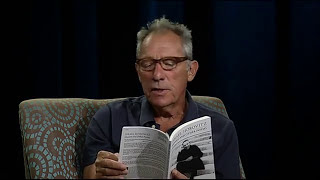







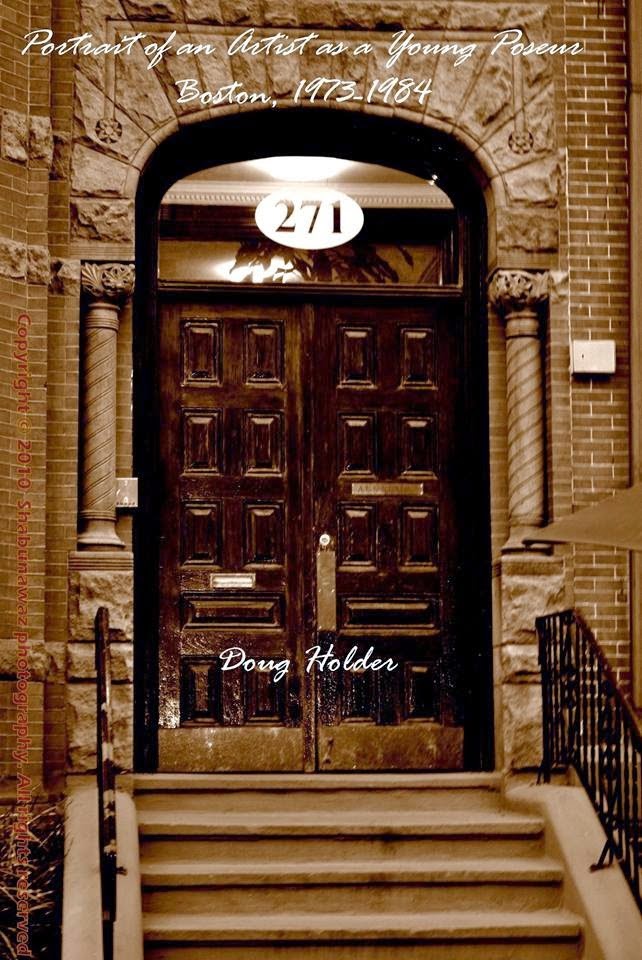

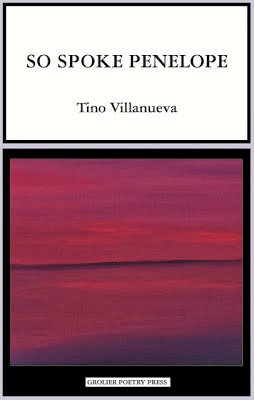
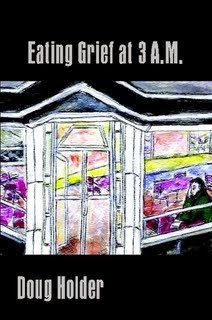
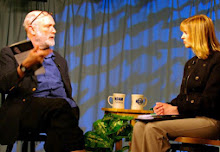








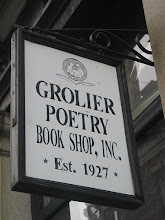



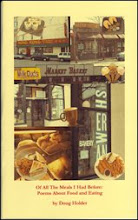




No comments:
Post a Comment